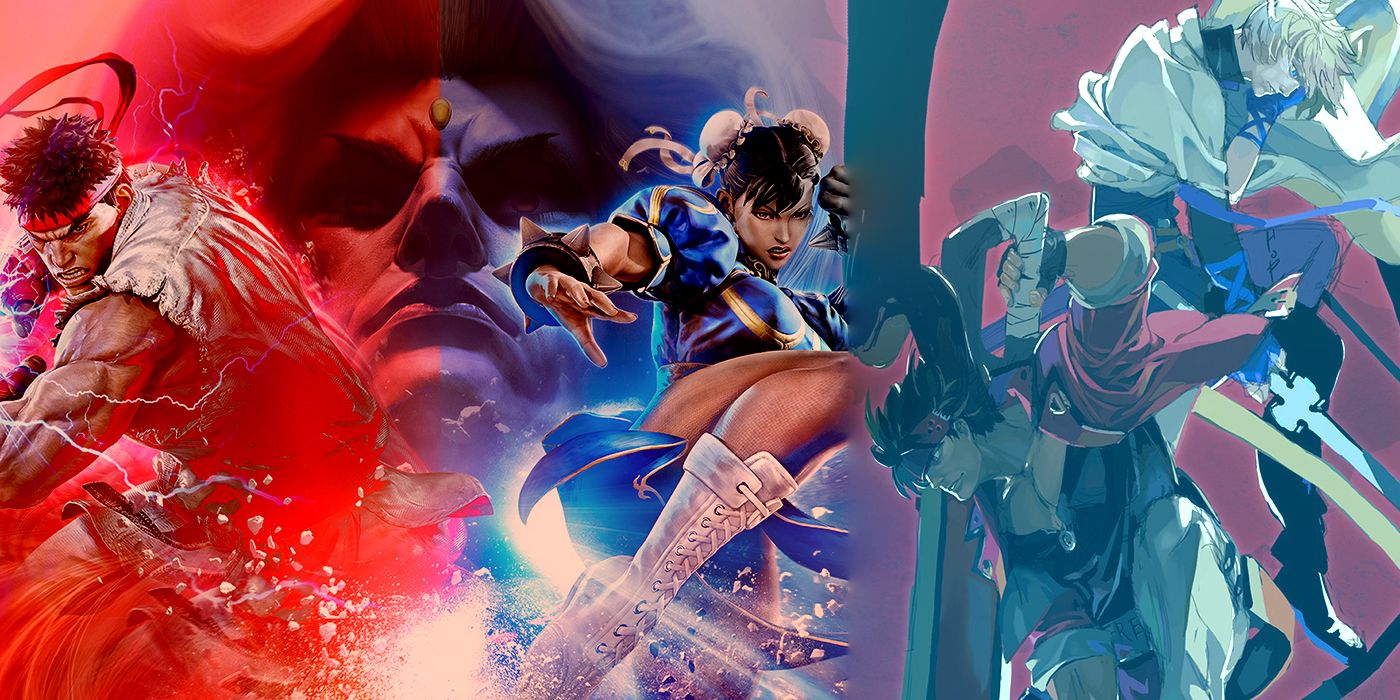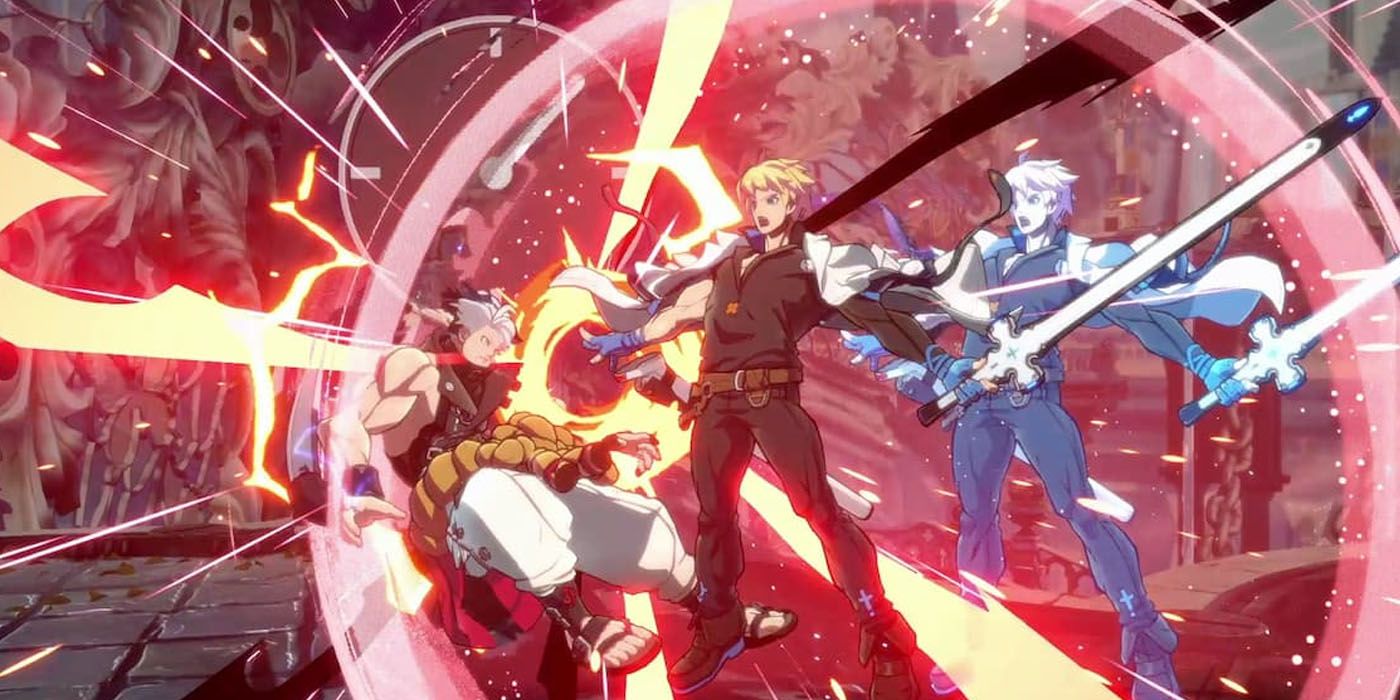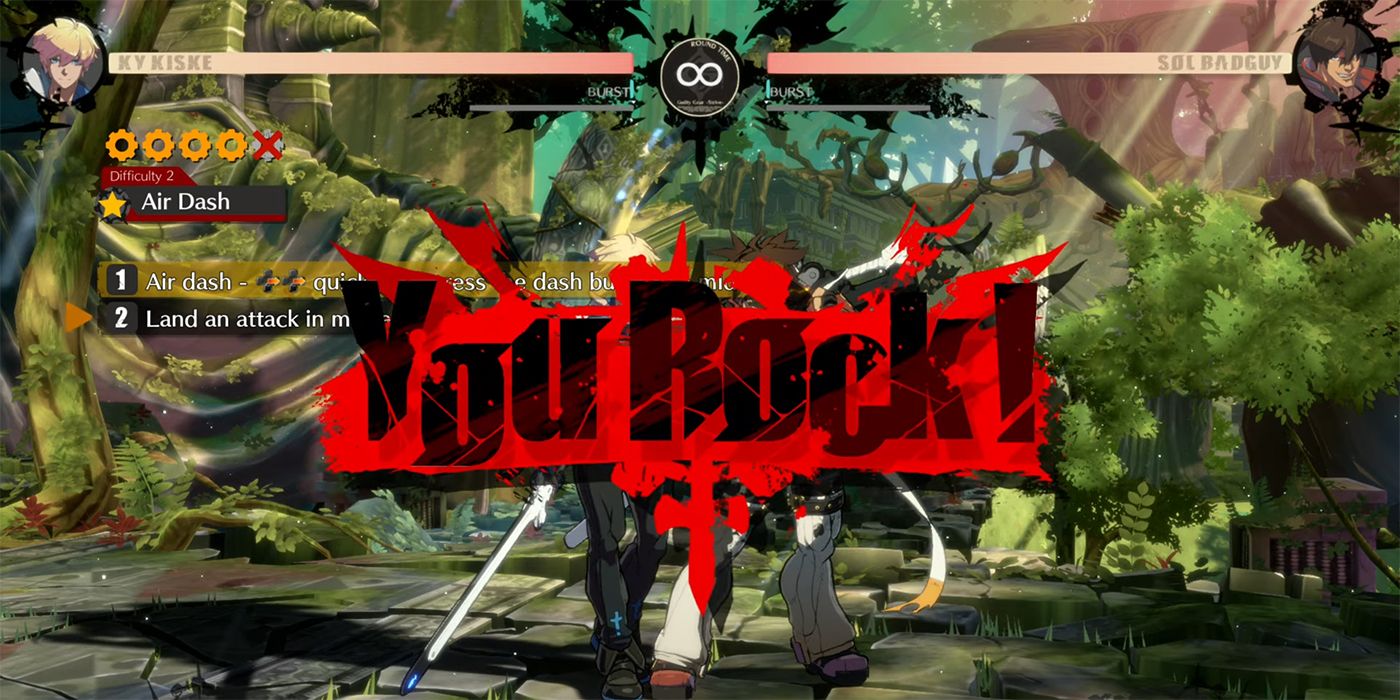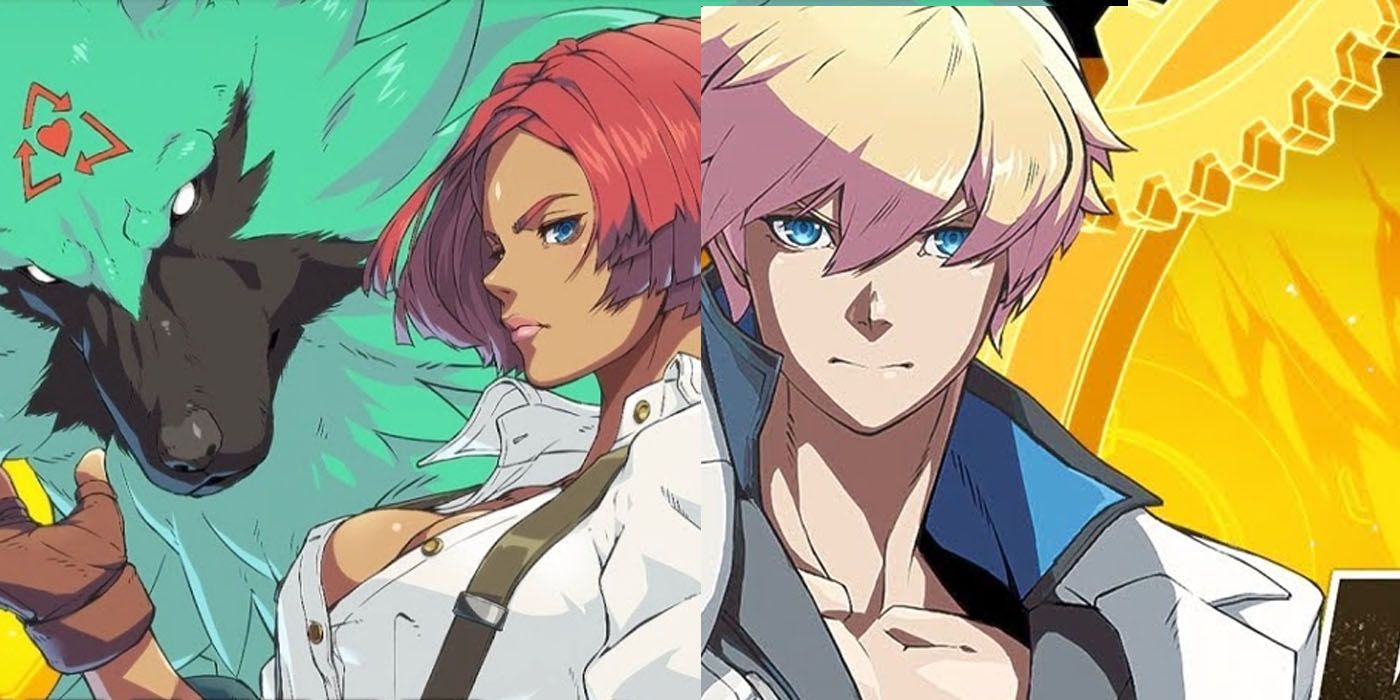Fighting games are starting to see some signs of resurgence 2021, especially after iconic franchises like Street Fighter and Tekken have seen such long-lasting appeal to hardcore FGC fans. Another subsect of the FGC recently received a burst in popularity with the recently released Guilty Gear Strive, the next title in the long-running anime fighting game franchise since 1998. Often remarked previously as a cult-classic fighting game series, the release of Strive is bringing so many new fans into the Guilty Gear playerbase in a big way. Capcom would benefit well from taking such a proactive approach to making the next Street Fighter just as approachable.
Arguably, Street Fighter 5 was a very solid attempt at Capcom to make the classic fighting game franchise far more approachable to newcomers. Toning down the speed and complexity of things like one-frame links and input buffer, the fifth Street Fighter game had its pros and cons with its beginner-friendly design approach. Arc System Works took a similar approach with the recent Guilty Gear Strive, but also went above and beyond in several pivotal ways that's tangentially caused the huge surge in new players. Especially for a fighting game that was never quite as mainstream as Street Fighter, Capcom could see similar success in borrowing from Strive's innovation.
Guilty Gear Strive's Rollback Netcode Is a Pivotal Next Step
Of course, the most obvious advantage that players of Guilty Gear Strive would point to is the game's match stability. The implementation of rollback netcode, built from the ground up, makes the online offering in Strive nearly unparalleled, specifically from a purely gameplay standpoint. There are some missteps in between that moment, for sure; Strive is not a perfect game, but once players get into a match, the gameplay experience easily surpasses fighting games that still utilize delay-based netcode. Even compared to some games that do utilize rollback, Arc System Works has perfected its online infrastructure on previous Guilty Gear entries like Accent Core Plus R.
Now, Strive's rollback netcode infrastructure is leading the way in evolving the online gameplay experience for fighting games. A prime example for comparison here is Street Fighter 5, which launched with delay-based netcode, but now implements Capcom's own version of rollback netcode. When the game launched back in 2016, and in subsequent years, members of the FGC heavily criticized Street Fighter 5's netcode implementation for severe lag inconsistency and frequent desyncs. After controversy between a modder adding their own netcode fix, and Capcom taking down SF5 for server maintenance shortly after, the game's netcode is still subpar compared to Strive.
The biggest thing that's going to retain players in a new fighting game is a hassle-free experience, especially when it's out of the control of the player. Obviously learning a new fighting game can be difficult, especially for a franchise as complex as Guilty Gear, but adding 6-10+ frames of lag on top of that makes things inherently worse.
Strive's Comprehensive Training Outpaces SF5's Combo Trials
When it comes to aspects of fighting games that are in the control of players' hands, learning and training the game is oftentimes the most difficult and frustrating experience. Street Fighter 5 was largely competent in this regard; offering a relatively basic but understandable tutorial, comprehensive training and dummy fighter settings for practice and "labbing," as well as basic and advanced combo trials to learn basic "bread and butter" combos. That being said, despite being a relatively solid approach by Capcom to appease beginner players, Arc System Works took so many steps further with Guilty Gear Strive on a fundamental and advanced level.
Strive implements a very basic tutorial at the beginning of the game, but it's the mission mode where Arc System Works' efforts truly shine. This is where players can take comprehensive tests known as "missions," divided into five distinct areas, that range from basic to advanced gameplay mechanics that effectively teaches players how Guilty Gear is played. At least in the context of Strive, anyone new to Guilty Gear should begin there: These tutorials cover everything from the basics of dashing and slashing, all the way to optimal usage of Roman Cancelling, learning when to Burst, Gatling combos into high-damage extensions, and so much more.
Not only do these missions teach how each method is done, but they also inform players on theory-related notes that are applicable in high-level gameplay situations as well. Some of these theory-related notes also transfer over to the Command List for each character as well. Players are not only given the instructions on how to implement specials, but when is the appropriate time to use them. Street Fighter 5 teaches you how to do combos, but Strive teaches you how to extend your play even further.
Guilty Gear Strive Isn't Perfect, But It Should Influence Street Fighter
As mentioned previously, Guilty Gear Strive is by no means a perfect game. Despite the game's delay instilling hope, Strive's lobby and ranked system still remains fairly perplexing in execution. Parks and floors in Strive's multiplayer lobby system do allow some flexibility in matchup pairings, but in turn can make a player's floor rank wildly misrepresentative of their respective skill, compared to the overall playerbase. Besides multiplayer, training mode doesn't display frame data other than damage, and there aren't nearly as many combo trials in Strive compared to Street Fighter 5's comprehensive offering of basic combos.
However, those are really the only big advantages Street Fighter 5 has over the recent Guilty Gear Strive. All of the innovations that Arc System Works has made with Strive would be a welcome addition to the next Street Fighter game. Capcom certainly recognizes the benefits of rollback netcode, especially when it comes to retaining players in Street Fighter's season pass content roadmap. Plus, considering hardcore Street Fighter players have been playing multiple entries in the franchise for decades now, adding informative and concise learning tools like Strive could make the game far more approachable to fighting game beginners.
Rumors allege that the next Street Fighter game is currently in development, though it allegedly was delayed even further, with a supposed planned release of Q3 2022. Perhaps that still leaves time for Capcom to examine the places where Guilty Gear Strive excels, and how that influence could make Street Fighter 6 even better.
Guilty Gear Strive is available now on PC, PS4, and PS5.




